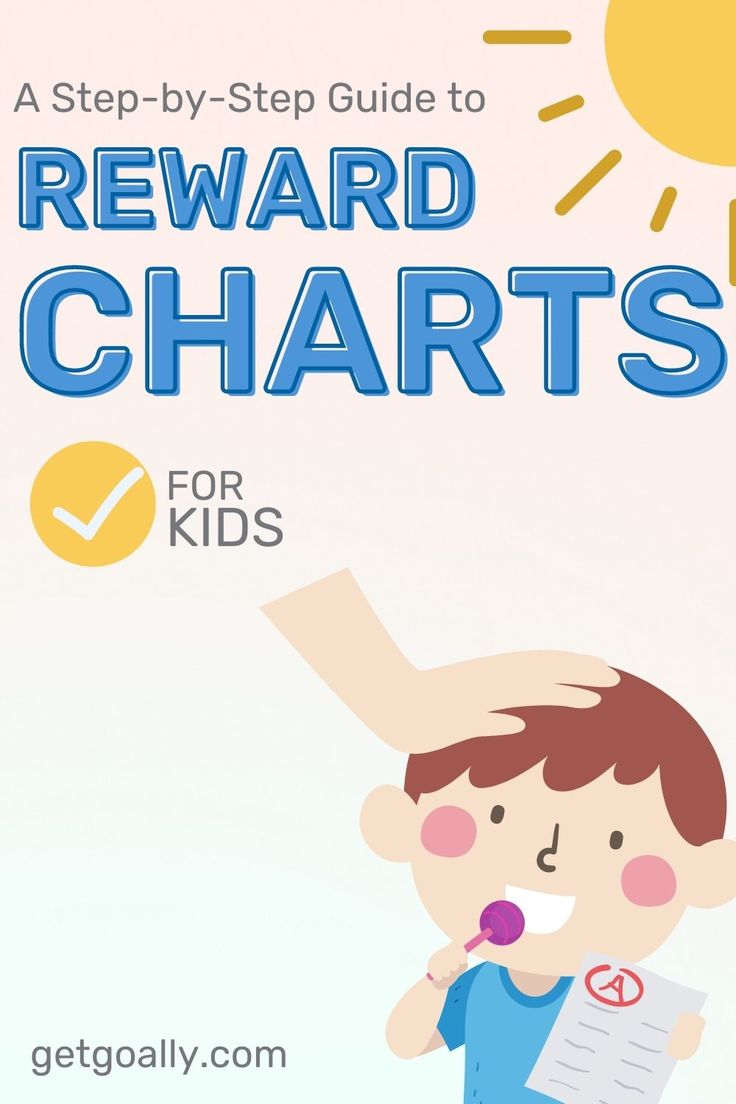As a pediatric therapist, you might use the K-W-H-L chart to help a child named Billy with his speech therapy sessions. Here’s how you could use the chart:
First, introduce Billy to the K-W-H-L chart and explain what each letter stands for in kid-friendly language.
- K stands for what Billy already Knows about speech therapy.
- W stands for what Billy Wants to learn or work on.
- H stands for How you and Billy can work together to achieve his goals.
- L stands for what Billy Learned during the session.
Next, ask Billy to fill out the chart with your guidance.
- For the “K” section, ask Billy what he knows about speech therapy. This can include things he’s learned from past sessions or something he knows about his own speech difficulties.
- For the “W” section, ask Billy what he wants to learn or work on during the session. This can include specific speech sounds he wants to improve or goals like speaking more confidently in front of others.
- For the “H” section, work together with Billy to develop a plan for how you can achieve his goals. This can include specific exercises, activities, or ways to practice his speech outside therapy sessions.
- For the “L” section, ask Billy what he learned during the session. This can include his progress toward his goals, new strategies he’s learned for improving his speech, or anything else that stood out to him during the session.
Finally, review the chart with Billy at the end of each session to track his progress and celebrate his achievements. The K-W-H-L chart can be a fun and interactive way to engage kids in their therapy and help them participate in their learning.
In conclusion, the K-W-H-L chart is useful for promoting critical thinking and organizing information for kids with special needs. Goally can enhance this learning experience by providing a gamified approach to language and life skills through digital visual schedules, AAC, and fun games.















